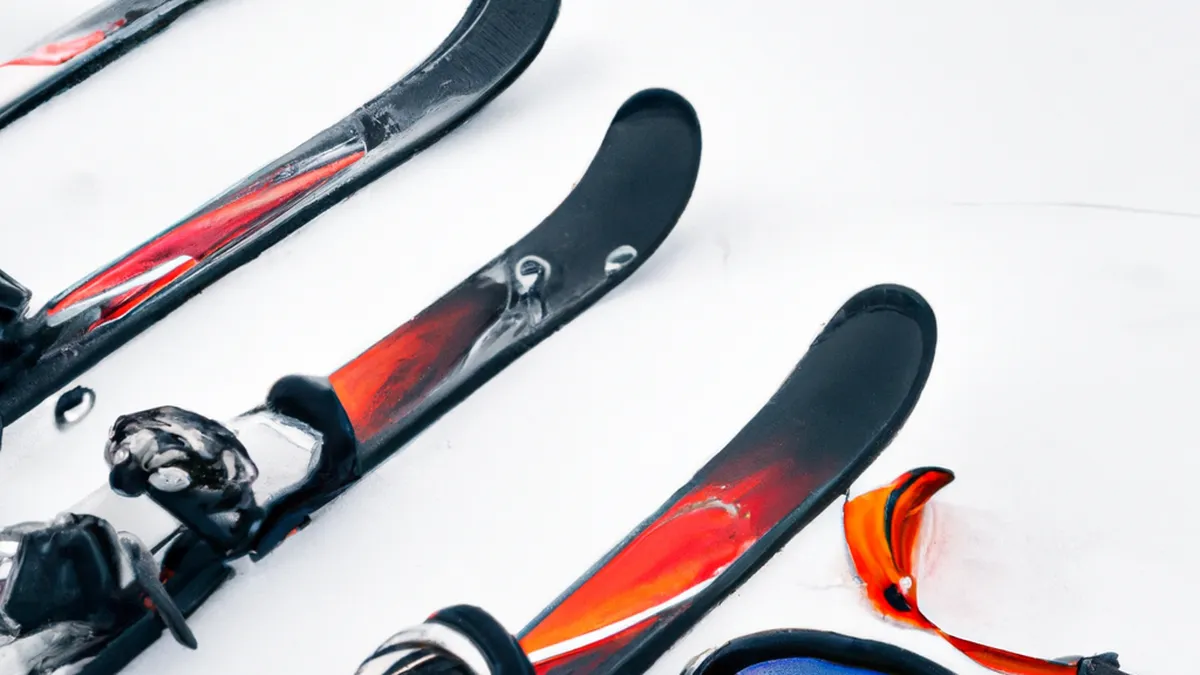Shift Gears: Refining Cadence for Efficiency
Cadence Optimization Methods: Boost Your PerformanceIn athletics, optimizing your cadence enhances your performance. Cadence is the number of steps a runner takes per minute (SPM). Elite athletes prioritize this metric as it influences efficiency and speed. This blog post explores methods, tips, techniques, and benefits of improved cadence.
Understanding Cadence
Cadence significantly impacts your speed and injury risk. Elite runners typically maintain a cadence between 170 and 180 SPM. Factors like height, running style, and fitness level can affect this range. Higher cadence leads to shorter, quicker steps. This technique reduces injury risk and improves efficiency. Shorter strides decrease joint impact, minimizing overuse injuries. A quicker cadence also enhances energy efficiency during longer runs or races.
Tips for Optimizing Your Cadence
As an Amazon Associate I earn from qualifying purchases.
Gear tip: consider football, receiver gloves, and mouthguard to support this topic.
1. Use a Metronome
A metronome effectively optimizes your cadence. This device provides a steady beat to sync your steps while running. Many runners benefit from listening to a rhythmic sound, which helps maintain consistency.To implement this method, follow these steps:- **Determine Your Current Cadence:** Use a fitness tracker or count your steps for a minute to find your SPM.- **Set the Metronome:** Start at your current cadence.- **Gradually Increase the BPM:** Increase the BPM by 5-10% weekly. This approach helps your body adapt without strain.
2. Focus on Form
Proper running form is crucial for optimizing cadence. Good posture enhances efficiency and reduces fatigue, allowing you to maintain a higher cadence.- **Posture:** Keep your head up, shoulders relaxed, and arms at a 90-degree angle. Align your hips with your shoulders for an upright stance.- **Foot Strike:** Aim for a midfoot strike instead of a heel strike. Midfoot strikes maintain quicker cadence while minimizing joint impact.
3. Incorporate Drills
Incorporate specific drills into your training routine to enhance cadence. Consider these effective drills:- **High Knees:** This drill encourages quicker leg turnover and engages hip flexors essential for running speed.- **Butt Kicks:** This drill improves running form and increases stride frequency.- **Strides:** Short bursts of speed help you practice maintaining cadence.
Conclusion
Optimize your cadence using these methods for better performance. Focus on tools, form, and drills to enhance your running.
Below are related products based on this post:
FAQ
What is cadence in running?
Cadence refers to the number of steps a runner takes per minute, commonly measured in steps per minute (SPM). It plays a significant role in determining running efficiency and speed, with elite runners typically maintaining a cadence between 170 and 180 SPM.
How can a metronome help improve my cadence?
A metronome can effectively optimize your cadence by providing a steady beat to sync your steps while running. By determining your current cadence and gradually increasing the beats per minute (BPM) by 5-10% weekly, you can help your body adapt to a higher cadence without strain.
What are some effective drills for enhancing cadence?
Incorporating specific drills like high knees, butt kicks, and strides into your training routine can significantly enhance your cadence. These drills encourage quicker leg turnover, improve running form, and help you practice maintaining a consistent cadence during runs.















Post Comment